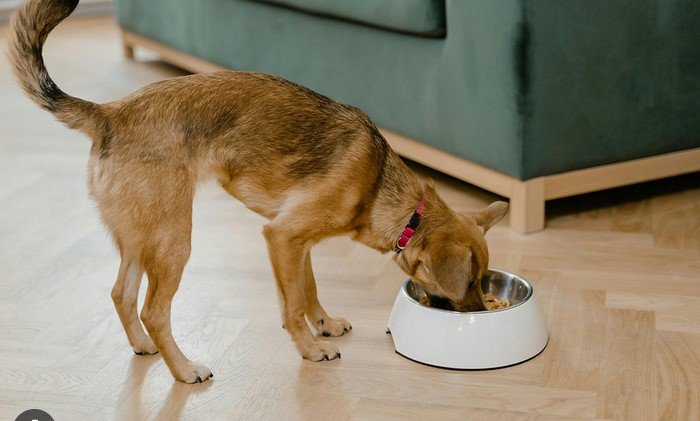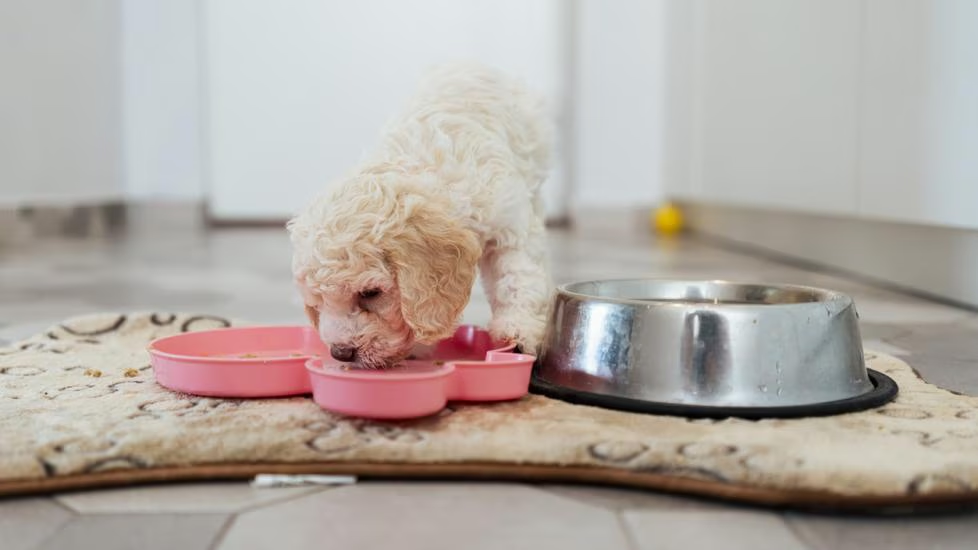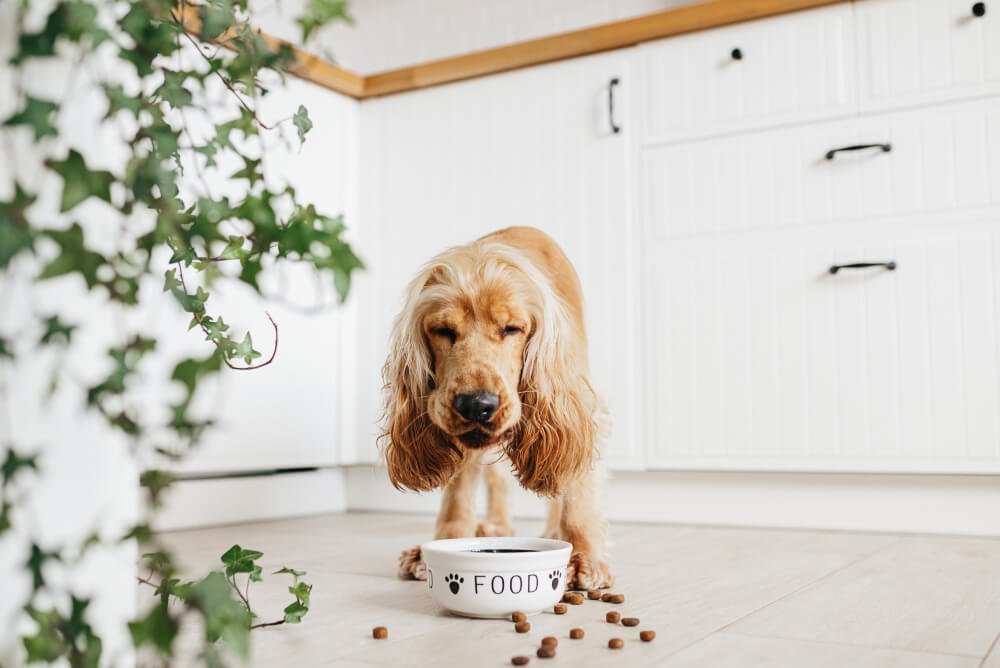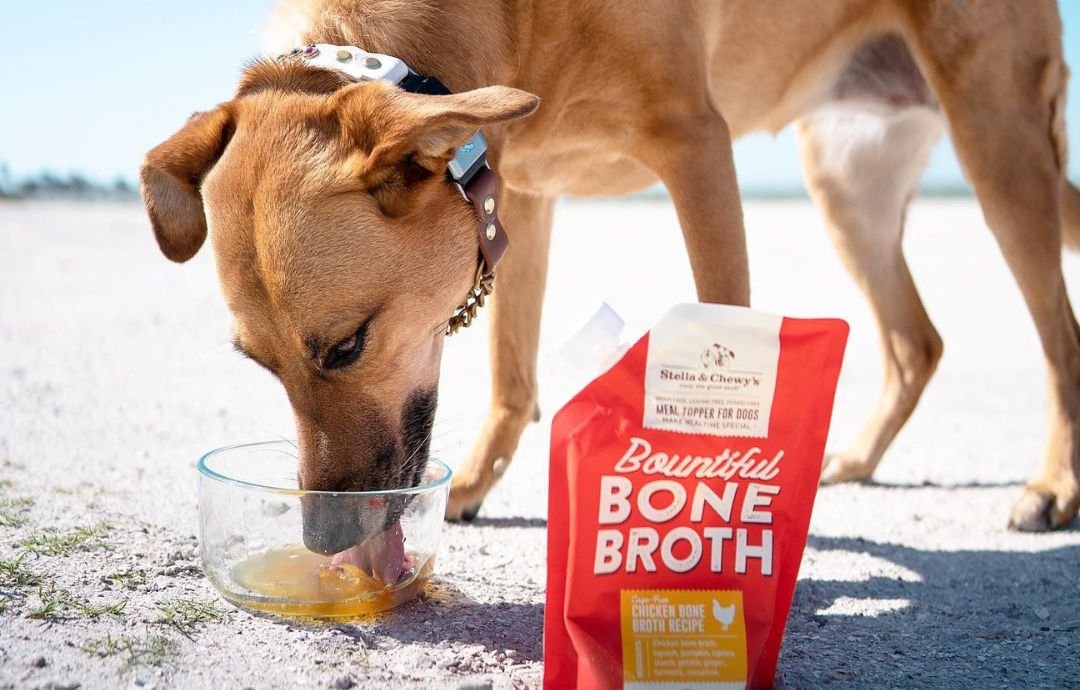When you decide to change your dog’s food, the transition needs to be handled carefully to avoid digestive upset. The right approach ensures that your pet adjusts smoothly to the new diet. In this post, we’ll guide you through the best way to transition your dog to a new food safely and effectively.

Why It’s Important to Transition Your Dog to New Food
Changing your dog’s food too abruptly can lead to stomach issues, including diarrhea, vomiting, or constipation. Just like humans, dogs need time to adjust to different nutrients and flavors. A gradual transition allows their digestive system to adapt, ensuring they remain healthy throughout the process. It’s essential to make the change slowly to avoid discomfort and potential health problems.
How to Gradually Introduce New Food to Your Dog
The safest way to transition to a new dog food is by mixing it with the current food. Start by adding a small amount of the new food to your dog’s regular food. A typical recommendation is to begin with 25% of the new food and 75% of the old food. Over the course of 7 to 10 days, gradually increase the proportion of new food while decreasing the old food. By the end of the week, your dog should be eating only the new food without any digestive issues.
Monitoring Your Dog During the Transition
As you transition your dog to new food, it’s crucial to monitor their behavior and health. Watch for any signs of digestive upset, such as vomiting, diarrhea, or loss of appetite. If these issues persist for more than a day or two, it might be a sign that your dog’s system isn’t ready for the new food. In such cases, you may want to slow down the transition or consult your vet for further guidance.
Adjusting the Amount of Food Based on Your Dog’s Needs
During the transition, keep an eye on your dog’s weight and energy levels. The amount of food you give your dog may need to be adjusted depending on the nutritional content of the new food. Some foods are more calorie-dense than others, so be sure to measure the amount you’re feeding and adjust it accordingly. Your vet can help guide you in determining the appropriate portion size for your dog’s new diet.
Potential Challenges When Transitioning to New Dog Food
While the transition process is generally smooth, some dogs may experience a more difficult time adjusting to a new food. If your dog is picky, they might resist the change, even with the gradual introduction. In such cases, it can help to slightly warm the food or mix in a bit of chicken broth to make it more appealing. Also, if your dog has special dietary needs, like food allergies or sensitivities, consult your vet before changing their diet to ensure the new food is appropriate.
Conclusion
Transitioning your dog to a new food requires patience and careful monitoring. By introducing the new food gradually, adjusting portions as needed, and staying alert for any signs of distress, you can make the process as smooth as possible. Remember, each dog is different, so it’s important to adjust the transition process based on your pet’s unique needs. With time and attention, your dog will settle into their new food, and you’ll ensure they remain healthy and happy.











